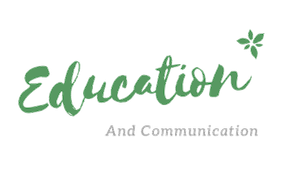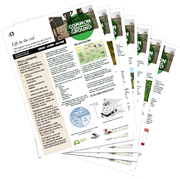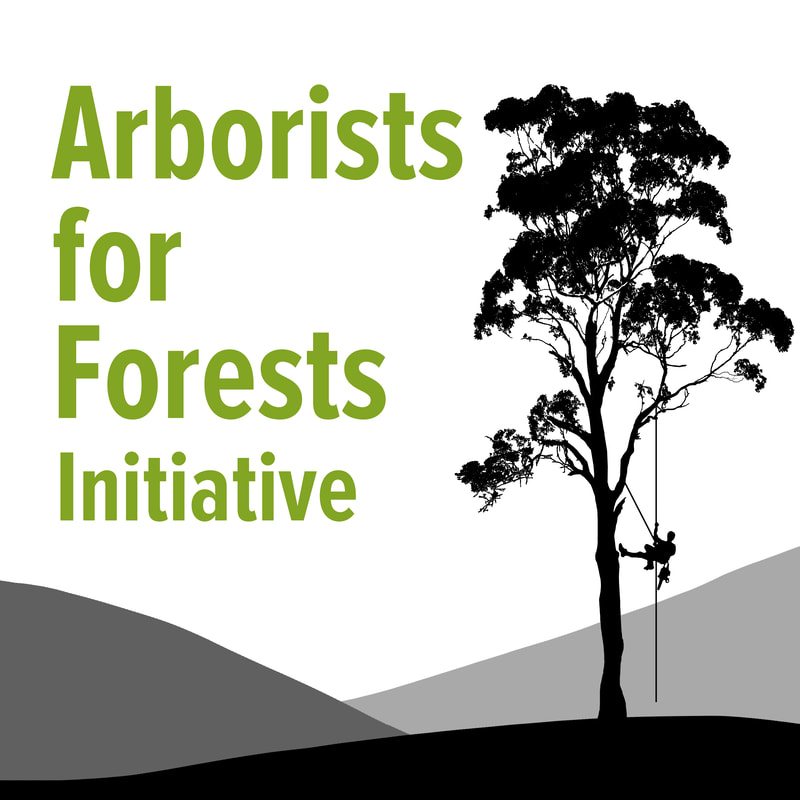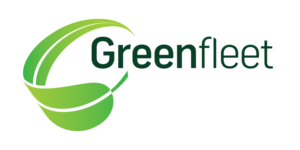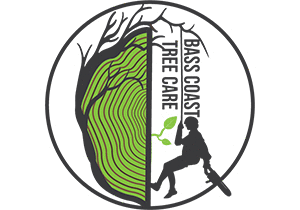|
Story contributed by Libby Lambert, Springbank, Bena Victoria. In 2000, we purchased a 32 ha. valley of ‘blue gum country’ at the top of the Powlett River catchment, in South Gippsland. The native floral biodiversity at that time existed of six mature eucalypts, some declining mature blackwoods, silver wattles, and a few native grasses along the tracks. The fauna consisted of quails, magpies, kookaburras, some migratory birds, a few reptiles and frogs, the Giant Gippsland worms on south and east facing slopes, burrowing crayfish, loads of eels in the dams, foxes and one hare. The Gippsland forest had been cleared in the late 1800’s and the land used for dairy farming then later as grazing for young heifers. In 2000, it had few weeds - blackberries, thistles, some ragwort and boxthorn in a steep gully, as well as some mature pine trees, weeping willows and five beautiful oak trees around the original house site. There was ample water in the dams with one large dam shown on the maps as ‘permanent water’. Click below to read the rest of this great restoration story. September 2000 was our first planting (pictured above and below) when neighbours, relatives and friends used Hamilton tree planters to plant 5,000 plants one weekend, while two other fine friends catered for all. Prior to the planting we had only to kill off the weeds and spray spots for the plants to be planted in. There were no rabbits to feast on the plants, so no tree guards were required. Over the next ten years with the contribution of over 43,000 tubestock consisting of 64 locally sourced indigenous flora species from Landcare, and with the help of 200 volunteer friends we held numerous plantings and created wildlife corridors, fenced out drainage lines and creeks, and created shade and shelter belts for livestock. Eleven hectares of revegetation protects the habitat of the resident Giant Gippsland Worms and burrowing crayfish. It also provides habitat for other wildlife which have taken up residence and helps retain the soil on the hills, whilst protecting the waterways from contamination by excluding the livestock. As with all revegetation, weed management is an issue but as the tree canopy closes over, our only pest issues continue to be the blackberries bought in by the birds, and the foxes which live under them. There are now over 54 species of resident and migratory birds regularly observed including some less common species. There are eastern grey kangaroos, black wallabies, echidnas, possums, wombats, migratory koalas, microbats, various snakes, skinks, frogs, lizards, and numerous bugs and insects. The original eucalypts have been incorporated into the revegetation or have been fenced out of the paddocks. We still raise and fatten beef cattle at low stocking rates and will continue to do so into the future. I am honoured to have had the opportunity to re-establish a small microcosm of the magnificent Gippsland forest that once stood here.
Libby Lambert, ‘Springbank’, Bena, Victoria. |
MAKE a DONATIONBCLN E-News2023
2022
2021
2020
2019
News & Events Archives
June 2024
Categories
All
|








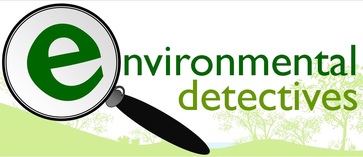
 RSS Feed
RSS Feed


